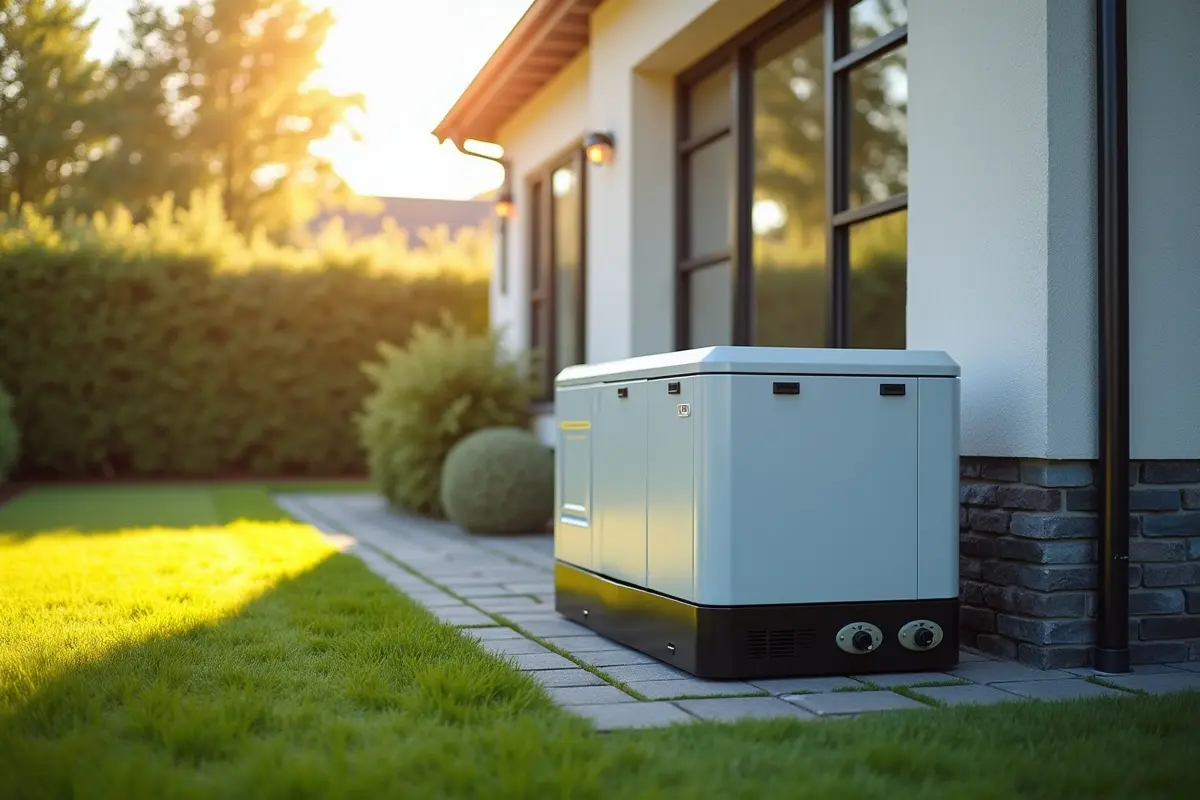How to Choose the Right Size Generator for Your Home
When the power goes out, it’s easy to feel stuck. Suddenly, the fridge stops running, the lights go dark, and if you’re working from home, the internet may vanish too. That’s where a home generator comes in — but figuring out the right size? That’s where most people get tripped up.
It’s not just about picking the biggest one you can find or the cheapest that fits the budget. The right size generator depends on what you need to power, how long you expect to use it, and the layout of your home.
Why Generator Size Matters (A Lot)
What size generator to purchase is definitely one of the most common questions about home generators! And for good reason. Too small, and you won’t be able to run all your essentials. Too big, and you’re wasting money on fuel and equipment you don’t need.
Undersizing can cause the generator to overload and shut down. Oversizing isn’t dangerous, but it’s inefficient. Think of it this way: it’s not about having “enough” — it’s about having the right amount of power.
Start With What You Need to Power
Before looking at generator specs, take stock of what you’ll want to keep running during an outage. Everyone’s list is different, but here are some common essentials:
- Fridge and freezer – to prevent food spoilage
- Heating or cooling system – depending on your climate
- Lighting – at least for key rooms
- Water heater or well pump – if you’re not on city water
- Medical equipment – for homes with health needs
- Internet router and computers – if you work from home
- Phone chargers and small electronics – for communication
It helps to walk room to room and make a list. Be realistic. You may not need to power your entire home — just the essentials for comfort, safety, and function.
Total Up the Wattage
Once you have a list of what you want to power, the next step is figuring out how much power those things use. You’ll need to look at both starting watts and running watts.
- Running watts – what it takes to keep a device running normally
- Starting watts – the extra boost needed when the device first turns on
Some appliances, like fridges or AC units, need a lot more power at startup than during regular use. That’s important when sizing your generator.
You can often find wattage info on a label on the device, or in the manual. If not, there are general estimates online for typical appliances.
Once you add up the total starting and running watts for your priority items, you’ll have a much better idea of how powerful your generator needs to be.
Types of Generators and How They’re Sized
Generators are generally measured in watts (W) or kilowatts (kW). Most residential generators range from about 2,000W (2kW) to 20,000W (20kW) or more.
Here’s a rough idea of what different sizes can handle:
- 2,000–4,000W – Great for a few essentials: fridge, lights, maybe a TV
- 5,000–7,500W – Can handle most basics plus a few extras like a small AC unit
- 8,000–12,000W – Enough for larger homes, including central AC or heating
- 15,000W+ – Can power most or all of a home, similar to “whole-house” systems
It’s not just about the total watts — it’s also about how those watts are delivered. Some generators can’t handle big surges well, while others are designed for it.
Portable or Standby?
This plays into size too.
Portable generators are typically smaller, more affordable, and run on gasoline. You plug things in manually, or run them through a transfer switch.
Standby generators are larger, permanently installed, and automatically turn on when the power goes out. These are usually fueled by propane or natural gas.
If you’re only looking to keep the basics running for short outages, a portable one may be fine. But if you’re in an area with frequent or long-term outages, a standby model sized for your whole home might make more sense.
Don’t Forget About Fuel and Runtime
Size isn’t just about watts — it’s also about how long you need power for. A larger generator might burn through fuel faster, but it also may run more efficiently under heavy loads.
Think about how long your average outage is. A few hours? A couple of days? Also consider fuel availability — propane, gasoline, and diesel each have different pros and cons in terms of storage, cost, and accessibility.
A Few Quick Tips to Keep in Mind
- Be realistic – You probably don’t need to power your entire home. Focus on the essentials.
- Allow a buffer – Don’t size your generator right at the limit. Give yourself a bit of headroom.
- Don’t ignore starting watts – Especially for fridges, AC units, and pumps.
- Consider future needs – If you plan on adding more appliances or upgrading systems later, size up slightly.
- Use a transfer switch – This makes portable generator use safer and more convenient.
Ready Before the Lights Go Out
Choosing the right generator size isn’t just about numbers — it’s about how you live, what you value during a power outage, and how prepared you want to be.
Whether you’re after peace of mind for short outages or want full-home coverage during storm season, understanding your power needs is the first step.
Once you’ve got that clear, finding the right generator gets a whole lot easier.

